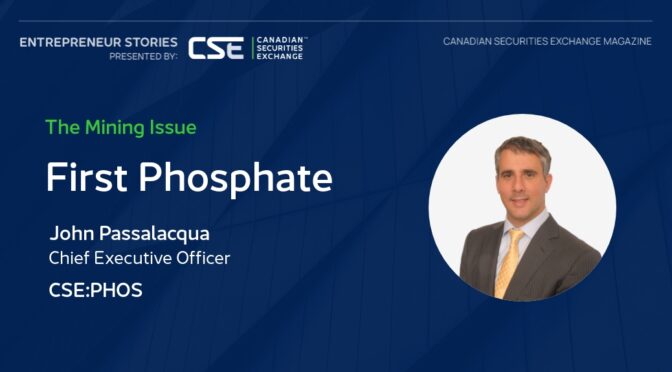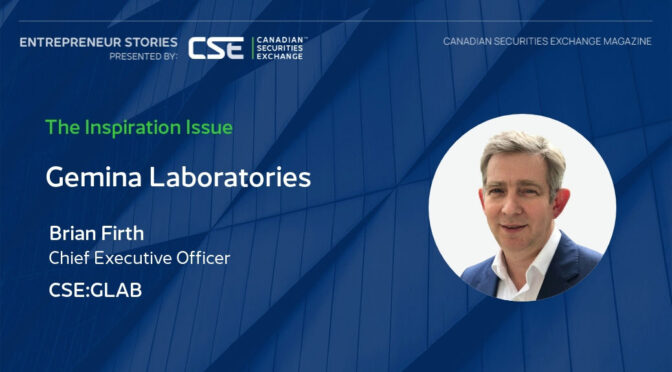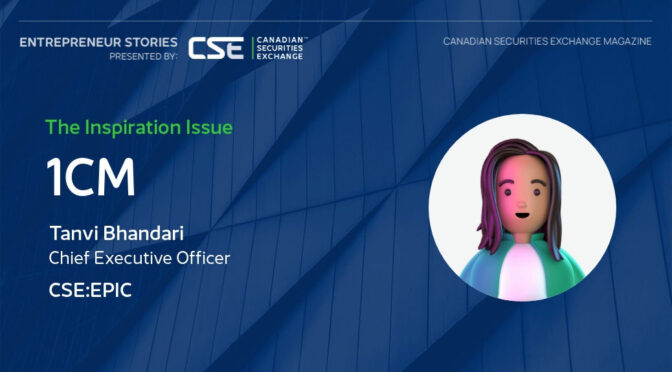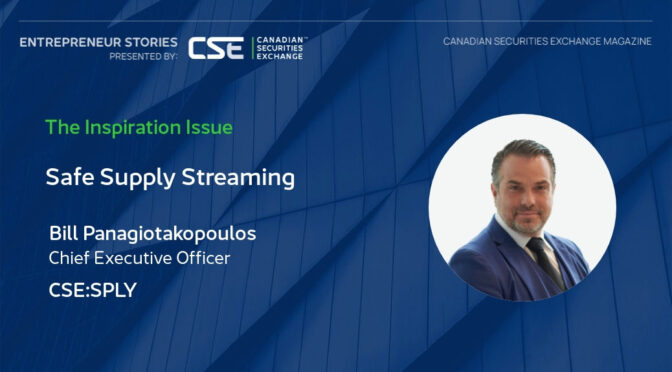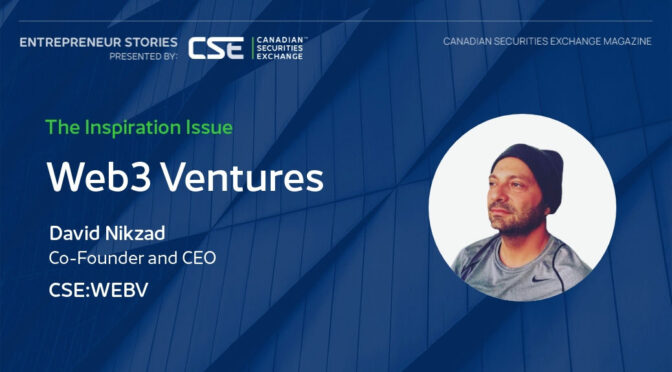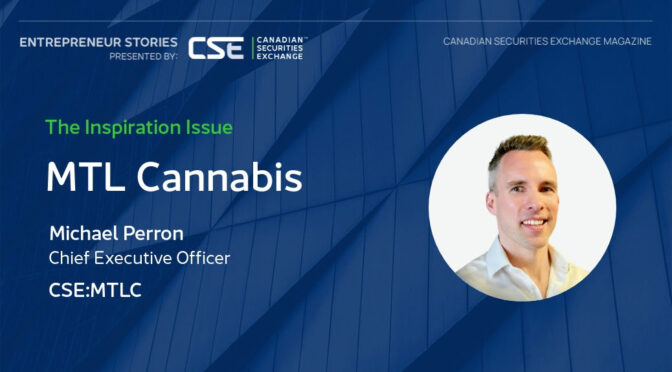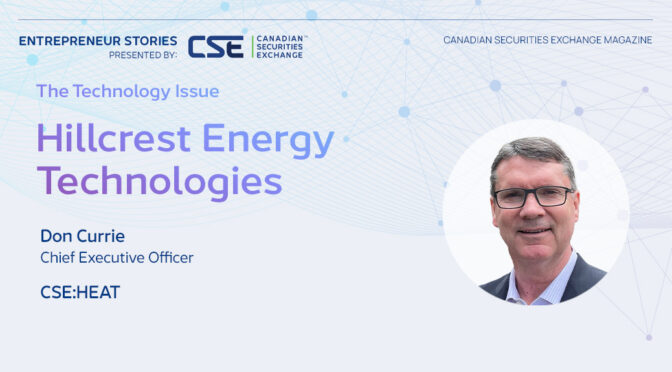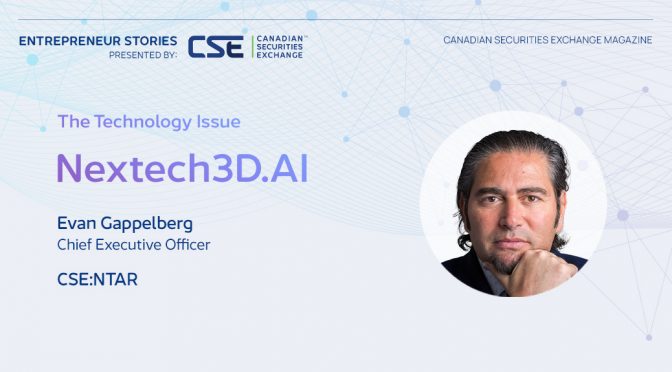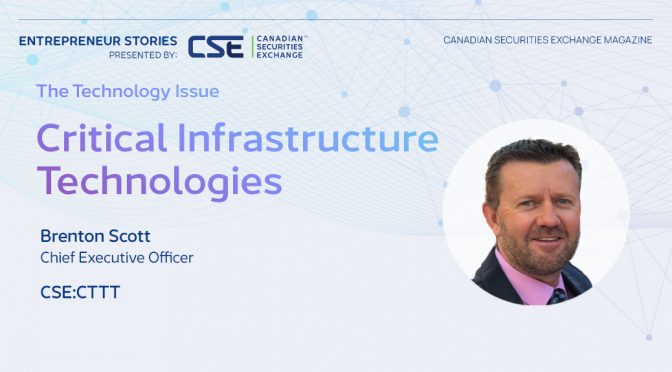Around two-thirds of the batteries used to power new electric vehicles (EVs) in China are now of the lithium iron phosphate (LFP) variety, overtaking lithium-ion batteries as manufacturers aim for reliability and lower price points in the world’s fastest-growing EV market.
The trend in North America is moving that way as well, spurred by the Inflation Reduction Act (IRA), which offers big incentives to manufacturers and consumers.
The IRA’s clean vehicle tax credit, which has already attracted nearly US$100 billion in private-sector investment, according to the U.S. Department of the Treasury, supports consumers with savings on new clean vehicles while creating jobs and fostering a resilient domestic supply chain.
There are provisos, though. EVs made with minerals and materials from China won’t qualify for the credit.
Starting in 2024, EVs can’t use battery components from a “foreign entity of concern,” expanding to include minerals in 2025 and prompting a race for automakers to adapt or risk losing tax credits.
As companies reorganize supply chains for battery parts and minerals outside of China, First Phosphate (CSE:PHOS) is a step ahead. The mineral development company aims to transform the Saguenay-Lac-Saint-Jean region of Québec into North America’s LFP Battery Valley and believes it has a unique proposition.
First Phosphate holds and is actively developing over 1,500 square kilometres of district-scale land claims in the region. The properties host rare anorthosite igneous phosphate rock that can yield the high-purity phosphate required to create the materials used in the manufacture of LFP batteries.
A 43-101 technical report and Preliminary Economic Assessment (PEA) on its flagship Lac à l’Orignal property revealed 15.8 million tonnes of phosphate (P2O5) in the Indicated category, and a further 33.2 million tonnes in the Inferred category, with a pre-tax net present value of C$795.3 million and an internal rate of return (IRR) of 21.7% at a discount rate of 5%.
The project would produce an annual average of 425,000 tonnes of beneficiated phosphate concentrate at over 40% P2O5 content, 280,000 tonnes of magnetite and 97,000 tonnes of ilmenite over a mine life of 14.2 years.
Nearby at its Bégin-Lamarche property, First Phosphate is conducting a 25,000 metre drill program that should position the company to calculate a 43-101 resource estimate, with a PEA expected to follow.
Meanwhile, a geological reconnaissance program at its Larouche property, just 40 kilometres from the Port of Saguenay, also revealed strong assay results, including one sample grading 39.45% P2O5.
The company’s goal is to integrate material from these properties into the supply chains of major North American LFP battery producers that require battery-grade LFP cathode active material (CAM) from a consistent and secure supply source.
“What makes us unique is we are trying to set up a fully North American supply chain, and we’re working and we’re cooperating with those who are aligned with that vision,” says Chief Executive Officer John Passalacqua.
“We’re the start of the supply chain; we’re the critical minerals. So, if it starts clean in North America with us, then we make sure that all of our partners downstream, everything that goes into making the battery, the car or the storage system, will be North American-based as far as possible.”
With First Phosphate’s deposits forming the first pillar, Passalacqua explains that his team has established strategic partnerships and alliances with companies that will complete the supply chain as it sticks to both the spirit and the letter of the law in the IRA.
These include Belgium’s Prayon, whose technology is used to produce over 50% of the world’s phosphoric acid. Prayon is looking at a long-term offtake agreement for First Phosphate’s phosphate rock as well as the potential for a purified phosphoric acid toll processing agreement.
The company has also entered a memorandum of understanding (MOU) with NorFalco, a division of Glencore Canada, to secure the supply of sulphuric acid needed to manufacture phosphoric acid.
A non-binding MOU with Sun Chemical Corporation to develop intermediates used to produce lithium iron phosphate-based cathode active material (LFP CAM) extends the potential supply chain even further.
“We have a number of companies that have processes to make LFP CAM that are interested in working with us,” says Passalacqua.
“Sun Chemical, one of the world’s leading suppliers of inks and pressroom products, with a massive manufacturing footprint around the world, is available with their manufacturing facilities to partner with us to actually build LFP CAM, which is important because that saves on capital outlays.”
In December, First Phosphate signed an MOU with Las Vegas-based Ultion Technologies for the purchase of a non-exclusive, perpetual license for technology to produce LFP and lithium iron manganese phosphate (LFMP) cathode active materials.
A partnership with American Battery Factory aims to support the production of up to 40,000 tonnes of fully North American-manufactured LFP CAM annually.
Finally, the Port of Saguenay can provide access to overseas.
“In everything we do, we’re looking to promote environmental stewardship, while doing it at home and creating jobs at home,” Passalacqua says.
“We’re trying to get very integrated into the downstream activities so that it becomes a fluid process; it becomes a real supply chain.”
Passalacqua believes a number of factors will continue to drive the push to LFP batteries, including cost, as they are cheaper to manufacture than lithium-ion batteries that use cathode active material from nickel, manganese and cobalt (NMC), which are tougher to source and more toxic. Cobalt also has issues related to ethical supply.
Additionally, the NMC cathode contains available oxygen, making it more susceptible to thermal runaway, which can result in fires. That’s not the case with LFP batteries, which are much more stable.
Above all, Passalacqua says price is a big factor in choosing LFP batteries, as the cost to produce LFP CAM is generally much lower than for NMC CAM.
“Because of that, there has been a huge flock to LFP batteries,” he says.
“LFP batteries have been known to offer 25% to 30% less range than an NMC battery but the technology is increasing on both of those batteries such that an LFP battery may now get you a 300 kilometre to 350 kilometre range in some models and generally without any associated memory issues.”
While more expensive vehicles that need range for out-of-city driving still veer towards NMC batteries, vehicles targeted for city driving are shifting to LFP due to the price factor.
Passalacqua says Tesla managed, at one point, to offer pricing below US$40,000 using LFP batteries.
With changes to the IRA, automakers, including Tesla, won’t be able to source their LFP batteries from China, which will work in favour of local companies like First Phosphate.
“In order to get the IRA subsidies, you need to have a retail price of under US$55,000 on passenger vehicles and one way to get there is with an LFP battery.
“The practical considerations around the LFP battery are cost, certainly the fire safety, and even though it has shorter range you can generally charge it at any point in its battery cycle due to the lack of memory issues.”
For now, though, fresh from an $8.2 million financing, Passalacqua says the immediate priority is to further uncover the deposit at Bégin-Lamarche.
“We have to decide on a potential mine site, start feasibility studies, and take the purified phosphoric acid Prayon prepares for us and send it to potential clients for possible offtakes and partnerships,” he says.
“We also need to start planning for a purified phosphoric acid plant at the Port of Saguenay.”
Passalacqua says First Phosphate is sitting on perhaps one of the purest phosphate rock qualities in the world, and in one of the best jurisdictions in the world for mining and electrification.
“We want to have the ability to produce much of the phosphoric acid that is going to be needed in North America for the LFP battery in a clean, ethical, just-in-time fashion. We are 100% dedicated to that,” the CEO says.
“We’re well-managed, we’re well-capitalized and we’re fully North American so that opens all the doors to great working relationships with North American companies and North American governments.”
This story was featured in Canadian Securities Exchange Magazine.
Learn more about First Phosphate at https://firstphosphate.com/.

